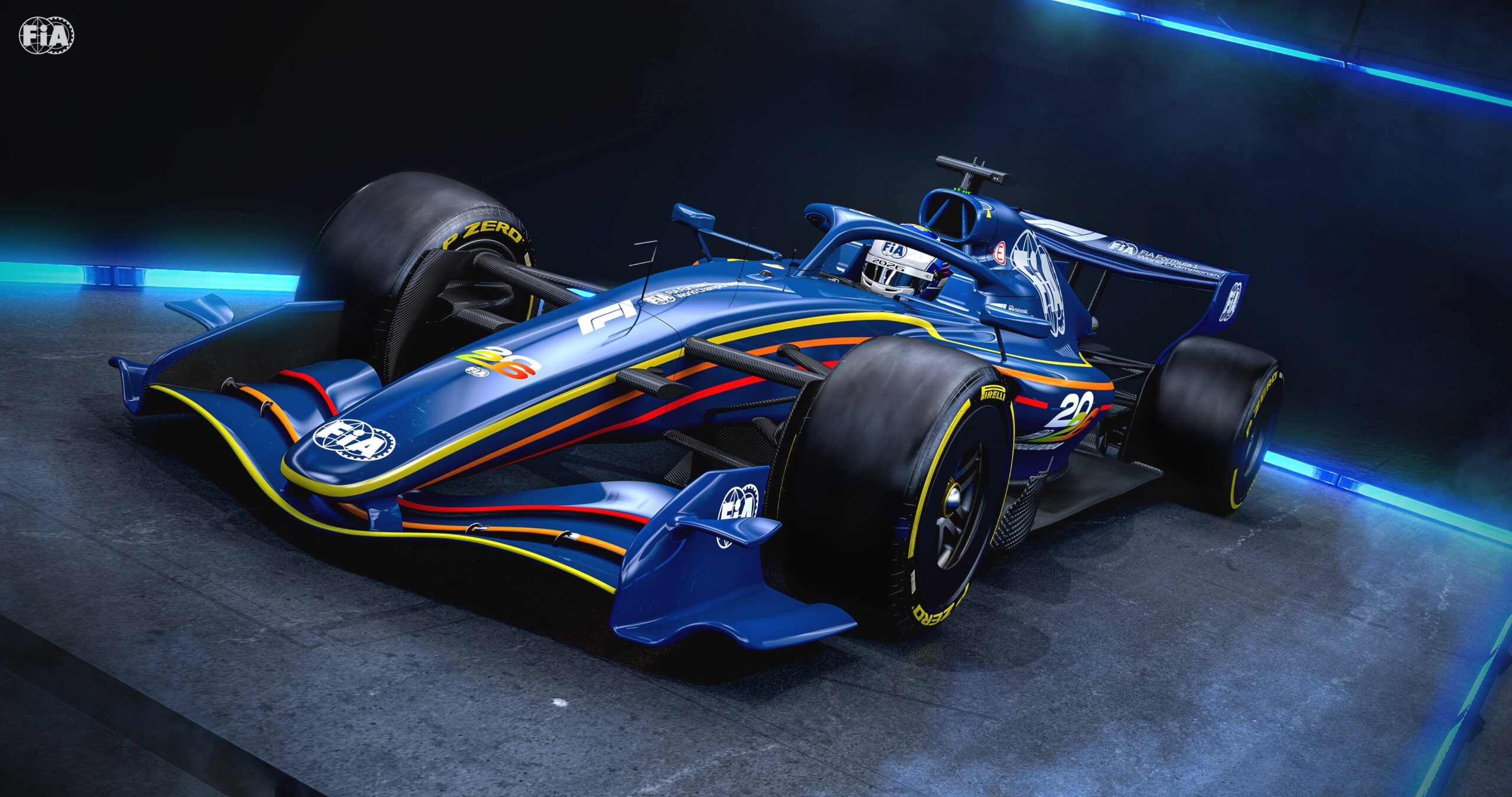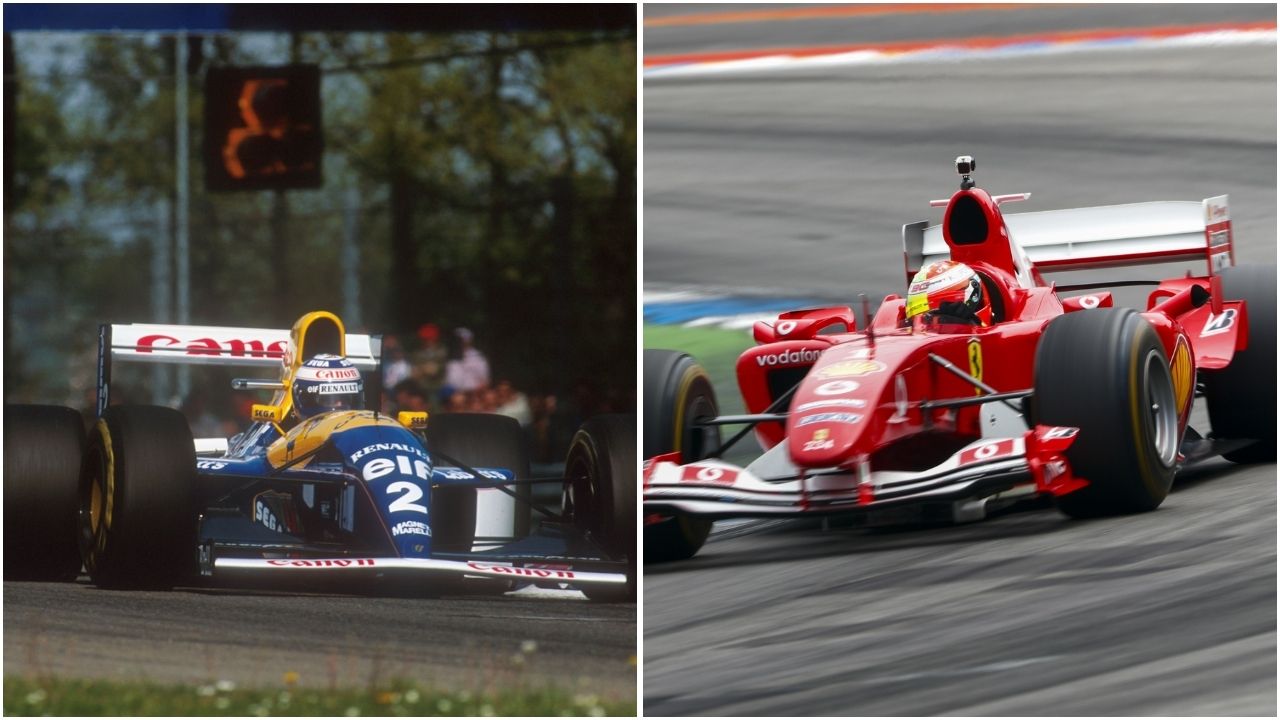Regulation changes are a part and parcel of F1. While there are slight changes introduced almost every season, the sport witnesses major changes once every few seasons. These can sometimes shuffle the grid and bring an end to a team’s domination. Moreover, it can also pose a challenge to the engineers to build competitive cars from scratch.
The most recent changes were introduced in 2022. The cars were given an aerodynamic upgrade, featuring a different rear wing and the reintroduction of ground effect. There were also attempts at making it easier for cars to follow each other closely. However, it has been well over a decade since the sport brought in a major engine regulation change.
But that will change soon. The 2026 F1 season will witness a completely new set of both aerodynamic and engine regulations. Teams have already begun working on the car. Let us take a look at the biggest changes.
Aerodynamic and Chassis Changes in 2026 F1 cars
Formula 1 cars have been growing larger in recent years. This has become a major issue because tracks like Monaco do not feature many overtakes. Owing to this, changes have been introduced to make the cars smaller.
Chassis
The wheelbase has been reduced to 3400mm from 3600mm. This is an attempt to make the cars smaller. Moreover, the cars will also be 30kg lighter than their current weight as the FIA has set a maximum weight limit of 768kg. The downforce and drag will also be reduced by 30% and 55%, respectively.
While the 18-inch tires will still be used, their width will be reduced by 25mm on the fronts and 30mm on the rears.
Aerodynamics
The drag reduction system (DRS) will no longer be a part of the F1 cars next year. It was introduced in 2011 and helps make overtaking easier. However, it will be replaced by active aerodynamics on the front and rear wings.
As per the FIA, the cars will also have the option to switch between minimal fuel usage and maximizing cornering performance.
2026 F1 Power Unit Regulations
The entire power unit will witness major changes next season. This could be a challenge for the teams, and might as well set the grid. While cars will still use the 1.6-L V6 turbohybrid engines, there will be a hefty increase in the electrical power.
The battery will witness a 300% increase in power. Cars will be able to regenerate 8.5 MJ of power during a lap, almost double the current regulations.
As Formula 1 also works towards its Net Zero Carbon goal by 2030, the cars will use 100% renewable fuel next year.
These changes are expected to make the grid closer next year. With the smaller and lighter cars, fans could witness more on-track battles. However, it would also depend on the overall performance gap between teams.



